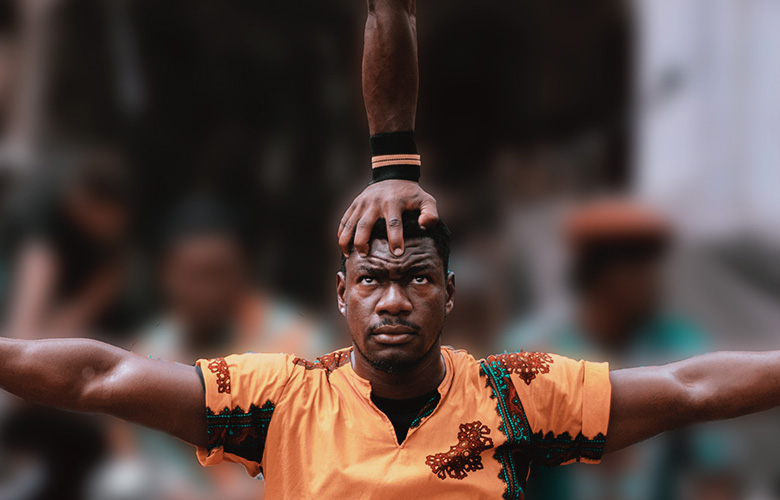
In the British Journal of Sports Medicine, there was a paper titled Is there a correlation between coaches’ leadership styles and injuries in elite football teams? It looked into the correlation between different head coach leadership styles and the rate of injuries across 37 football (soccer) teams in 17 countries.
The researchers essentially grouped all of the 37 head coaches into 3 types of leadership styles.
“Involves more motivating and inspiring followers to go beyond their self-interest for the benefit of collective interests by providing vision, meaning, challenges, and stimulation”
“Based on rewarding and disciplining followers on the basis of their achievements or failures”
“Is in general, an absence of leadership”
Before I offer the interesting takeaways, keep in mind the main data source of defining a “leadership style” came from the medical doctors of each team, and their subjective opinion following each competitive season. There is a ton of bias in that inherently, and the researchers even touched upon their weaknesses.
With that being said, there were really interesting thoughts to stem off the data. The most important was that the researchers suggested,
“Teams whose coaches tend to employ a transformation or democratic leadership style have a lower incidence of severe injuries in their teams.
The incidence of severe injuries as 29% – 40% lower in teams where coaches communicated a clear and positive vision of the future, supported their staff members, and gave staff encouragement and recognition”.
To me, the framework of this study and the implications are actually something I have spent a ton of time thinking about in relation to performance and injury. I’ve seen a huge range of coaching styles in gymnastics from the club to college, to the elite level. I know a lot of people in the gymnastics community (coaches, parents, medical providers) that connect very authoritative type leadership styles to more injury risk.
Even though this study is in European football, and has very large subjective bias input, the parallel to the gymnastics community is incredibly interesting.
My first reaction to this paper was that above all, I think that training workload, physical preparation, long-term athletic development, and a keen awareness of detecting injuries early will always be the most important first line of defense for the gymnastics community.
However, I can definitely see how different styles of leadership can trickle down into all of these other major categories. I think that the ability to lead in a more transformational approach may have direct influences on everything I mentioned related to workload and physical preparation.
I will end with two of the main discussion paragraphs from this article:
“The mechanism underlying a stress-induced injury is thought to be a physiological arousal that increases muscle tension and reduces motor coordination. The relationship between stress and injury could stem from a decline in concentration, resulting in reduced ability to focus.”
“Thus, a coach’s leadership style may impact players’ stress levels and injury risk as a result of the demands placed on athletes, the availability of resources in order to handle demands or the general atmosphere within a team. Transformational leadership appears highly relevant when investigating the impact of psychological factors on injuries.”
Again, take it with a grain of salt via the research validity and subjective inputs. Still all really interesting and thought-provoking takeaways in my mind. For now, that’s all and I hope everyone has a great day!
Handstands: A Guide To Getting Started And Getting It Right
Body Science: Are Oversplits Bad?


Dave Tilley DPT, SCS, CSCS is a Physical Therapist who graduated in 2013 from Springfield College. Dave comes from an extensive gymnastics background, being a former athlete and currently still coaching optional level gymnastics in Boston. Dave was a competitive gymnast for 18 years, 4 of them collegiately as part of the Springfield College Men’s Team. Dave has also been coaching gymnastics for 12 years, being involved in beginner, national, and elite levels. His unique background as a former athlete and current coach gives him a one of a kind approach for the performance and rehabilitation of gymnasts. He has successfully treated some of the most talented high school, collegiate, and junior elite level gymnasts in the country. Along with gymnastics, Dave enjoys treating athletes of all sports as well as the specialized treatment of Olympic Weightlifters and CrossFit athletes. He has worked with regional and national level Olympic Weightlifters, as well as Regional and Games level CrossFit Athletes. Dave graduated from Springfield College with his Bachelors in Science, a Minor in Psychology, and Doctorate in Physical Therapy. He became Board Certified in Sports Physical Therapy in February of 2016, and became a Certified Strength and Conditioning Coach in 2017. His current interests include prevention and rehabilitation of extension based spine injuries, shoulder and hip instability, periodization and strength and conditioning models, as well as the science involved in long-term athletic development, mobility training, and motor control. He participates in ongoing continuing education by attending various courses, collaborating with other professionals, and staying up to date with the most current medical research. Along with treating in the clinic, Dave is also the CEO/Founder of “SHIFT Movement Science and Gymnastics Education”. This company was started in 2014 to help educate those involved in gymnastics, medical fields, Olympic weightlifting, CrossFit, and more about optimal performance and preventative rehabilitation strategies. By combining his roles as a healthcare provider, current coach, and athlete Dave looks to help remold the gymnastics world with current, scientifically backed principles that optimize a gymnast’s long-term potential. His new forward-thinking ideas have been nationally recognized with members of USA Gymnastics, being implemented into JO, Collegiate, and Elite level programs. Dave travels to speak both nationally and internationally at various events across the country including Make It Right Elite Gymnastics Camp, USAG Regional, and National Congress, Power Monkey Camp in Tennessee, and has consulted with many NCAA Division 1 Men’s and Women’s Gymnastics. Dave is very passionate about his work both in the clinic and gymnastics training arena. He aims to deliver the best possible care to the clients he sees and athletes he trains. He hopes to soon become more active in the role of conducting research studies related to gymnastics. Dave is the newest addition to the Champion Physical Therapy and Performance Team.
Read Full Profile© 2021 TheatreArtLife. All rights reserved.

Thank you so much for reading, but you have now reached your free article limit for this month.
Our contributors are currently writing more articles for you to enjoy.
To keep reading, all you have to do is become a subscriber and then you can read unlimited articles anytime.
Your investment will help us continue to ignite connections across the globe in live entertainment and build this community for industry professionals.